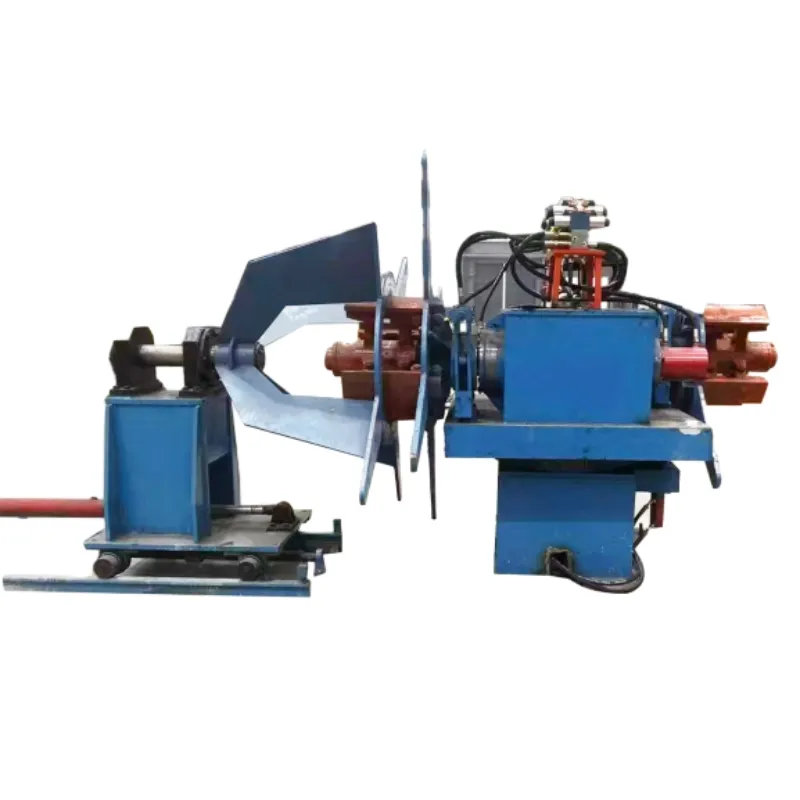Shear Stud Welding Equipment for Enhanced Structural Integrity and Efficiency
Shear Stud Welding Machines Revolutionizing Construction and Manufacturing
In the rapidly evolving world of construction and manufacturing, shear stud welding machines have emerged as essential equipment for ensuring robust connections and structural integrity in various applications. These machines, which utilize arc welding technology to attach shear studs to base materials, provide an efficient and reliable solution for joining metal components. Their significance is particularly evident in industries such as construction, automotive, and aerospace, where structural strength and reliability are paramount.
What is Shear Stud Welding?
Shear stud welding is a process that involves the use of a stud, which is a cylindrical metal piece that is welded onto a surface. This process enables the stud to be anchored to a base material, allowing for efficient load transfer. The shear studs are typically made from carbon steel or stainless steel and come in various sizes and shapes to accommodate different applications.
The welding process relies on a welding machine that delivers electrical energy to create an arc between the stud and the workpiece, melting the interface and allowing for a strong bond as the molten metal cools and solidifies. This method is highly advantageous as it provides a solid connection without the need for additional fasteners, reducing both assembly time and material costs.
Advantages of Shear Stud Welding Machines
One of the primary benefits of shear stud welding machines is their speed and efficiency. The process can be performed rapidly, allowing manufacturers and construction teams to meet tight deadlines without compromising on quality. Furthermore, the automation of the welding process reduces the potential for human error, leading to more consistent and reliable welds.
Additionally, shear stud welded connections exhibit excellent shear strength, which is crucial for applications where load-bearing capabilities are required. This ensures that structures and components can withstand dynamic forces and heavy loads, enhancing overall safety and performance.
shear stud welding machine

Another significant advantage is the reduced need for secondary processing. Traditional fastening methods often require drilling, bolting, or welding additional components, which can be time-consuming and labor-intensive. Shear stud welding streamlines this process, allowing for a more straightforward and efficient assembly technique.
Applications of Shear Stud Welding
Shear stud welding machines find applications across various sectors. In the construction industry, they are commonly used in steel frame assembly, bridge construction, and the manufacturing of precast concrete panels. The ability to create strong connections between steel and concrete without the need for extensive fastening methods is a game changer for builders.
In the automotive sector, shear stud welding plays a crucial role in the assembly of vehicle frames and components. The lightweight and strong connections help improve fuel efficiency without compromising safety. Similarly, in the aerospace industry, where weight and strength are critical, shear stud welding ensures that components can meet stringent regulatory standards.
Conclusion
As industries continue to evolve, the demand for reliable and efficient welding solutions grows. Shear stud welding machines represent a significant advancement in welding technology, offering speed, strength, and reliability. Their ability to create robust connections with minimal processing requirements makes them invaluable across the construction and manufacturing sectors.
In conclusion, the rise of shear stud welding machines reflects the industry's need for innovative solutions to meet modern challenges. By enhancing structural hold and streamlining assembly processes, these machines not only improve productivity but also contribute to the safety and durability of a variety of applications. As technology continues to advance, we can expect further developments in shear stud welding, further solidifying its place as a cornerstone in the world of modern engineering and construction.
-
High Frequency Straight Seam Welded Pipe Production Line-BzZhou Xinghua Machinery Equipment Manufacturing Co., LTD.|line pipe steel&welded gas pipeNewsJul.30,2025
-
High Frequency Straight Seam Welded Pipe Production Line-BzZhou Xinghua Machinery Equipment Manufacturing Co., LTD.|High Precision&Automated SolutionsNewsJul.30,2025
-
High Frequency Straight Seam Welded Pipe Production Line - BzZhou Xinghua Machinery Equipment Manufacturing Co., Ltd.NewsJul.30,2025
-
High Frequency Straight Seam Welded Pipe Production Line-BzZhou Xinghua Machinery Equipment Manufacturing Co., LTD.|Precision Welding, High EfficiencyNewsJul.30,2025
-
High Frequency Straight Seam Welded Pipe Production Line|BzZhou Xinghua|Precision Welding&EfficiencyNewsJul.30,2025
-
High Frequency Straight Seam Welded Pipe Production Line - BzZhou Xinghua|Precision Engineering&EfficiencyNewsJul.30,2025


